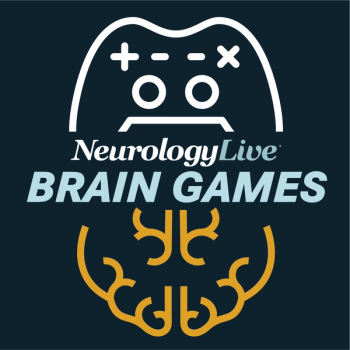
Role of SCN1A Genetic Testing in Diagnosis of Dravet Syndrome
Panelists discuss how SCN1A genetic testing has enabled earlier diagnosis of Dravet syndrome, though some clinicians still hesitate to order tests due to discomfort with genetics, emphasizing that early genetic confirmation is crucial for avoiding contraindicated sodium channel medications, implementing appropriate treatments, and providing families with answers and community connections that improve long-term outcomes.
Episodes in this series

Current State of Genetic Testing and Diagnosis
The diagnosis of Dravet syndrome has improved significantly with the increased accessibility of genetic testing, with earlier recognition becoming more common. However, diagnostic delays still occur, particularly when general neurologists and pediatricians hesitate to order SCN1A genetic testing due to concerns about interpreting results. Many clinicians feel uncomfortable with genetic testing if they weren't specifically trained in genetics, worrying about what to do when results arrive. This hesitation represents a missed opportunity, as resources are available through genetic testing companies for counseling and interpretation, and extensive networks of Dravet syndrome providers exist to assist with result analysis.
Understanding SCN1A Variants and Clinical Correlation
Having an SCN1A gene variant does not automatically equal a Dravet syndrome diagnosis: The condition requires both clinical presentation and genetic confirmation working together. SCN1A variants can present across a spectrum of conditions, from genetic epilepsy with febrile seizures plus (typically milder with better development and family history) to focal seizure syndromes, and early-onset epileptic encephalopathy occurring before 3 months of age. The critical distinction lies in seizure onset timing: Variants causing seizures before 3 months represent gain-of-function mutations that may respond to sodium channel medications, while typical Dravet syndrome involves loss-of-function mutations where such medications are contraindicated. Prediction tools incorporating variant details and seizure onset age can help differentiate between these conditions.
Importance of Early Diagnosis and Intervention
Early diagnosis proves crucial for multiple reasons beyond simple labeling. Recognizing Dravet syndrome early allows clinicians to use appropriate medications while avoiding contraindicated sodium channel blockers, which historically worsen long-term outcomes. Additionally, newer therapies can significantly reduce seizure frequency, and fewer seizures correlate with better developmental outcomes. Early diagnosis also enables prompt initiation of supportive therapies, including speech, physical, and occupational therapy. Perhaps equally important, genetic confirmation provides families with answers, reducing self-blame while connecting them to supportive Dravet syndrome communities.
Newsletter
Keep your finger on the pulse of neurology—subscribe to NeurologyLive for expert interviews, new data, and breakthrough treatment updates.





